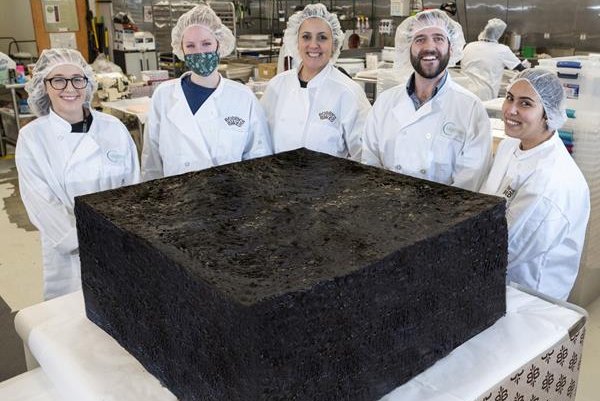
The measures mean that today's young teens will never be able to buy cigarettes legally (AFP/Khalil MAZRAAWI)
Wed, December 8, 2021
New Zealand announced plans Thursday to effectively ban smoking by progressively lifting the age at which tobacco products can be bought, in a "world-first" bid that means today's young teens will never be able to buy cigarettes legally.
New Zealand currently outlaws tobacco sales to under-18s and Associate Health Minister Ayesha Verrall said that from 2027, the age ban would increase by one year annually to keep the cohort smoke free.
"We want to make sure people never start smoking... as they age, they and future generations will never be able to legally purchase tobacco, because the truth is there is no safe age to start smoking," she said.
She added that the government would also legislate to restrict where tobacco is sold and only allow products with low nicotine levels into the market, to reduce the prospects of people becoming addicted.
Verrall said the measures maintained New Zealand's role as a global trailblazer in restricting tobacco, with actions such as banning cigarette sponsorship of sports in 1990 and banning smoking from bars in 2004.
"This is a historic day for the health of our people," she said.
"Smoking is still the leading cause of preventable death in New Zealand and causes one in four cancers."
She said the health toll was particularly heavy on Maori and Pacific communities, where smoking rates are around double the 13.5 percent recorded in the rest of the population.
The government aims to reduce that to five percent by 2025 and estimates achieving the goal would save the health system NZ$5.5 (US$3.6 billion) in future expenditure.
Lobby group Action on Smoking and Health said the planned changes meant that was now a realistic prospect, hailing the government for challenging "Big Tobacco".
"This collection of complementary measures will be the envy of countries struggling to combat the death and misery caused by smoked tobacco," ASH chairman Robert Beaglehole said.
"We will lead the world in tobacco control."
British American Tobacco New Zealand said the measures were "untested, unproven and without any scientific evidence of effectiveness".
"The combined impacts are effectively a gradual prohibition, which simply pushes supply underground to the black market," it said in a statement.
ns/arb/jah

















